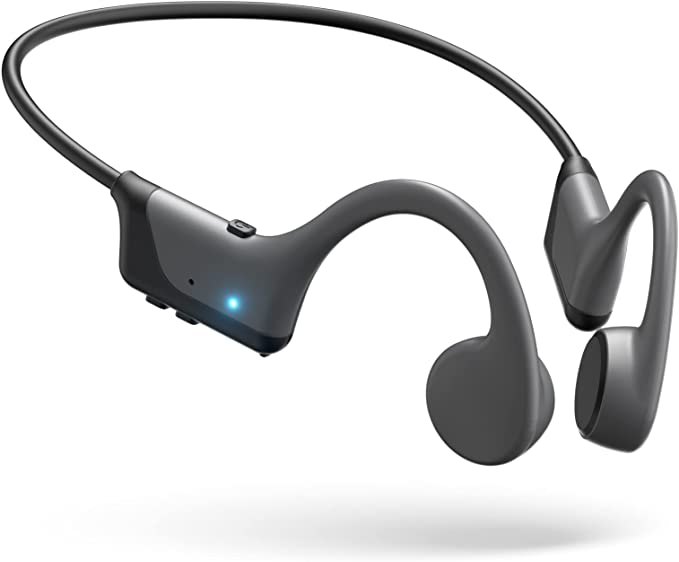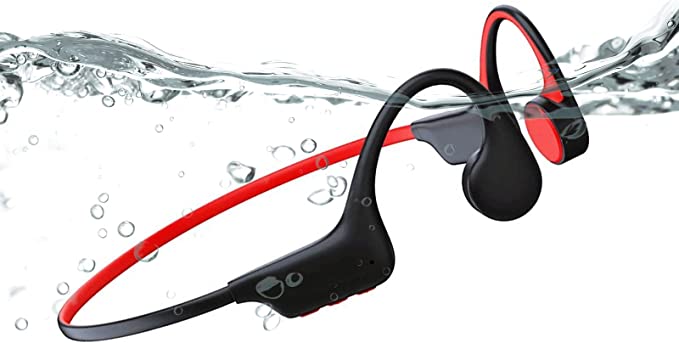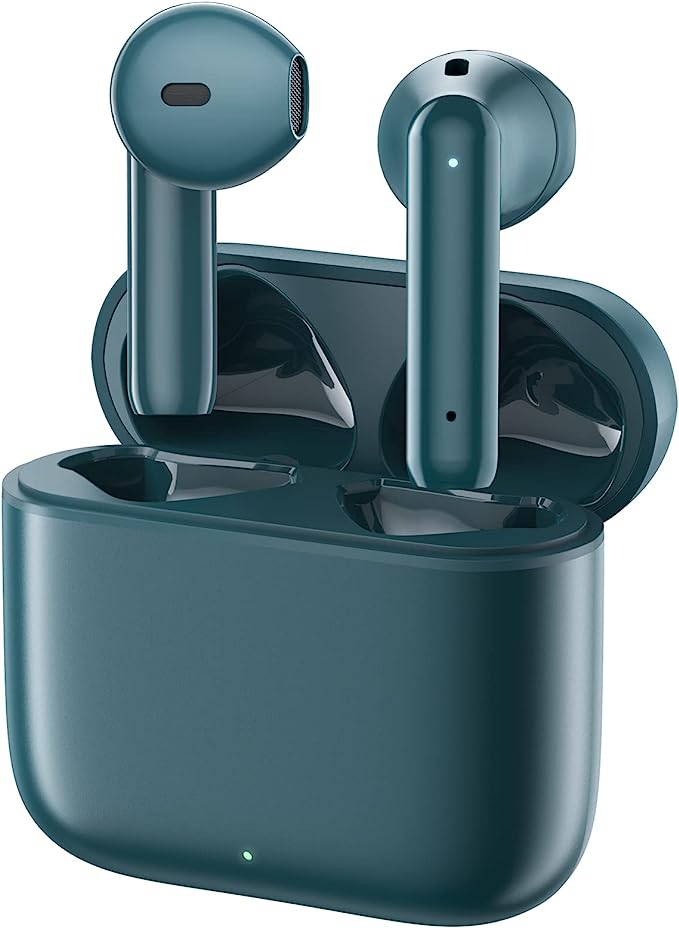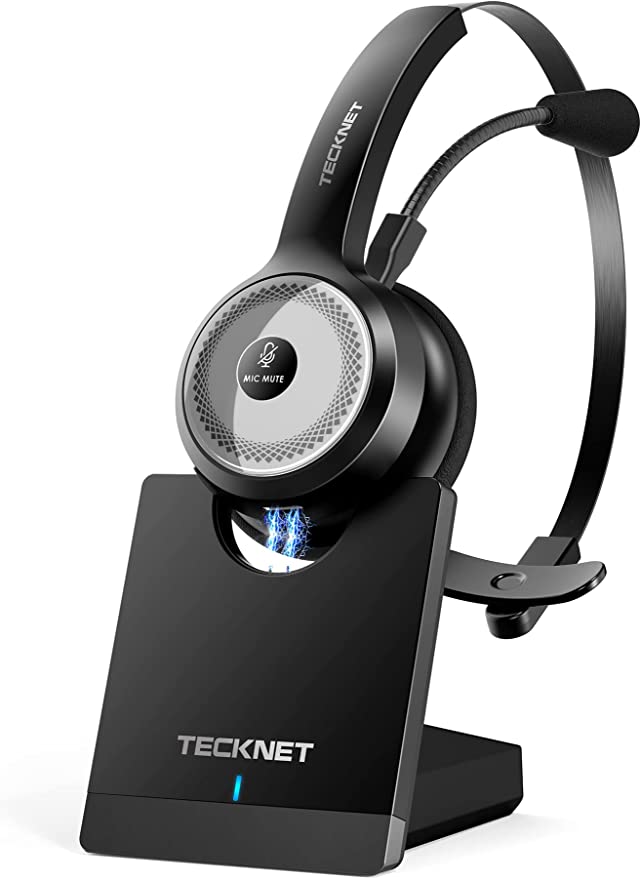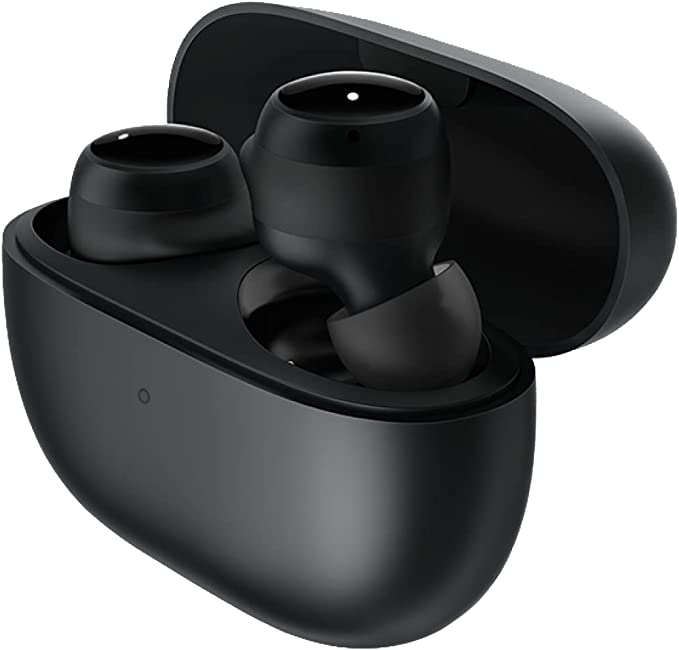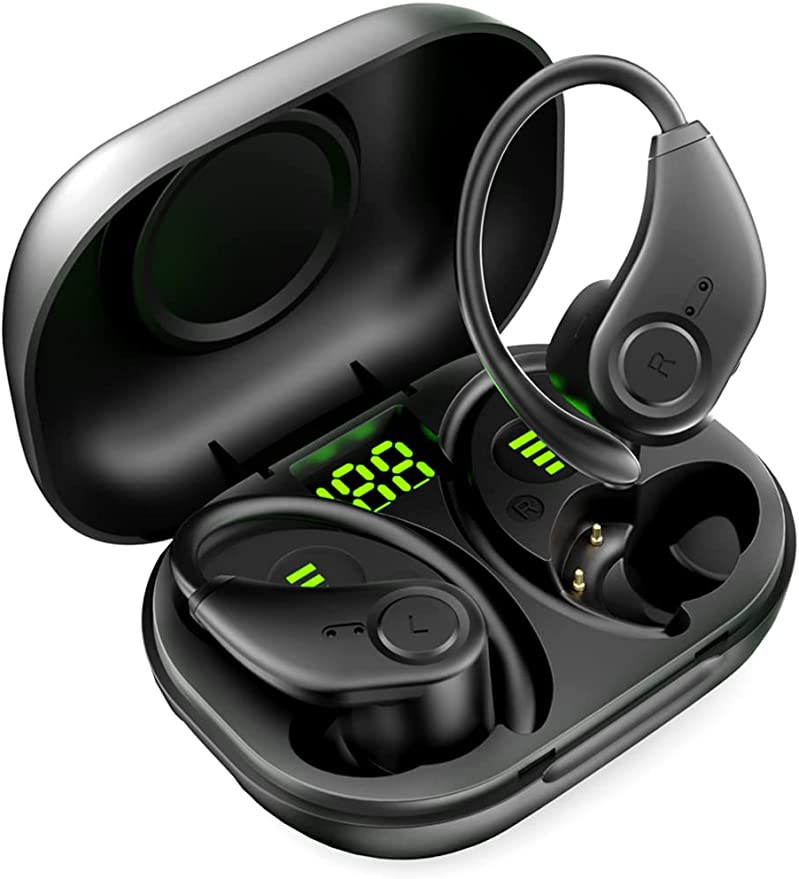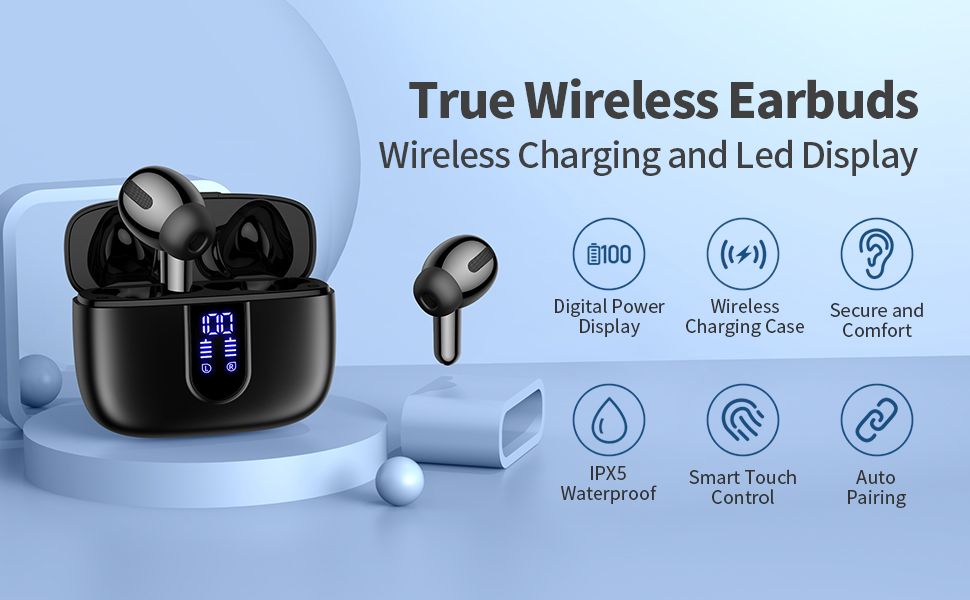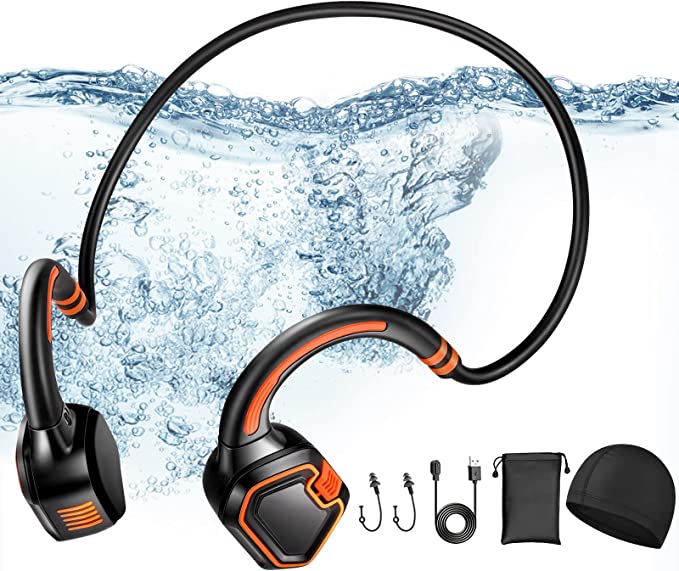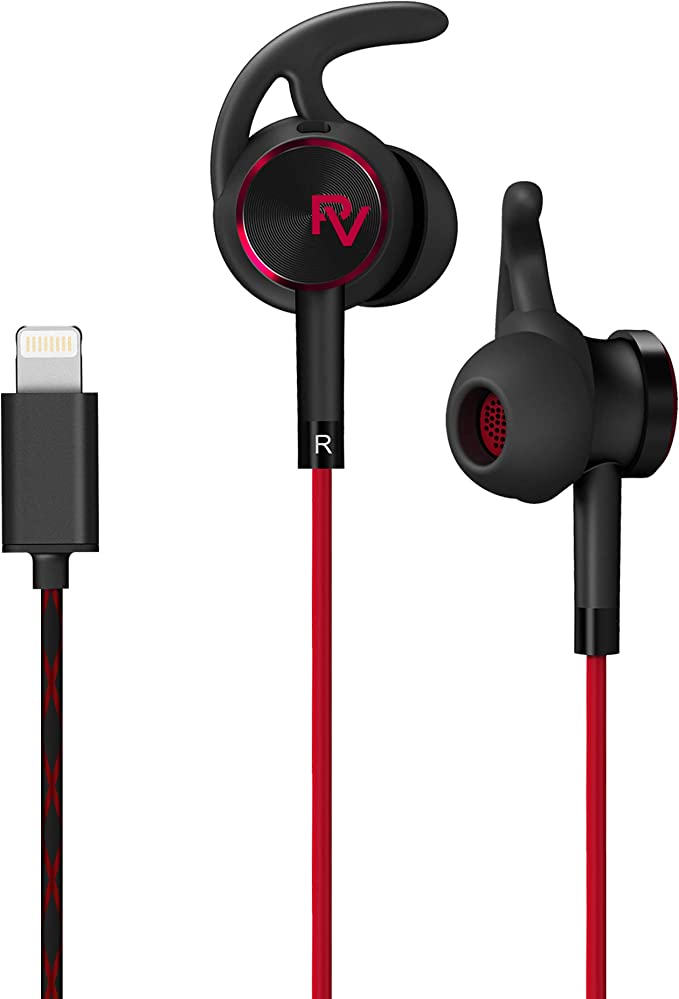How a Pocket-Sized Box Talks to Space: The Hidden Science of Your Satellite Messenger
Update on Sept. 22, 2025, 4:25 p.m.
Beyond the SOS button lies a story of bankruptcies, Cold War legacies, and a diamond-gridded web in the sky. This is how you stay connected when the world goes silent.
The silence in a Utah canyon is a profound thing. It’s not an absence of sound, but a presence of something ancient. For a landscape photographer, it’s paradise. Until it’s not. Imagine this: a misplaced step, a twisted ankle, and the golden hour light you were chasing now mocks you as the shadows lengthen. You reach for your phone, a reflexive, modern prayer. The screen glows with two words: No Service. The silence, once serene, is now suffocating. You are utterly, terrifyingly alone.
In this moment, your voice, your call for help, is trapped by a billion tons of sandstone. How do you punch a hole through that silence and be heard? The answer, for a growing number of adventurers, lies in a device that weighs less than a deck of cards. A small box, often no bigger than your palm, promises a connection to the entire globe. But this isn’t magic. It’s the culmination of staggering ambition, catastrophic failure, and some of the most elegant physics humanity has ever harnessed. This is the story of how your whisper in the wilderness becomes a shout heard around the world.

The Ghost Fleet That Lived
To understand how a device like a Garmin inReach Mini 2 sends a text message from the middle of nowhere, you first have to look up—way up. Your message isn’t looking for a cell tower; it’s aiming for a ghost fleet. This fleet is the Iridium satellite constellation, and its story is one of Silicon Valley hubris and spectacular redemption.
Born in the 1990s from the labs of Motorola, the Iridium project was breathtaking in its audacity: a web of 77 (the atomic number of Iridium, hence the name) satellites in Low Earth Orbit (LEO) that would allow anyone, anywhere, to make a phone call. It was a technological marvel. But it was a commercial catastrophe. The phones were brick-sized, the service exorbitantly expensive, and it launched just as the terrestrial cell network began its relentless global spread. By 1999, Iridium filed for one of the largest bankruptcies in U.S. history. The ghost fleet was ordered to be de-orbited, sent to burn up in the atmosphere.
But then, the Pentagon stepped in. They realized the profound strategic value of a communication network that worked everywhere, especially in places without friendly infrastructure. Iridium was saved from the brink, restructured, and given a new lease on life. Between 2017 and 2019, in a series of launches carried out by SpaceX, the entire constellation was replaced with the next-generation Iridium NEXT satellites.
This network is the secret sauce. Unlike geostationary (GEO) satellites that hang in a fixed spot 36,000 kilometers away, Iridium’s 66 active satellites zip across the sky at 17,000 mph, just 780 kilometers up. Think of GEO satellites as three colossal lighthouses on unimaginably tall mountains; they can see most of the world, but the signal’s round trip takes an eternity, and your handheld device would need the power of a small car to reach them. The Iridium LEO constellation is different. It’s more like a city-wide network of hyper-efficient bicycle couriers. They are close, fast, and constantly passing the message from one to another via cross-links until it reaches its destination. This proximity is why a pocket-sized device can whisper to space with a tiny antenna and a modest battery, and the latency—the time it takes for the signal to travel—is measured in milliseconds, not seconds.

Your Cosmic Address
Once your message hits this celestial network, it’s only half the battle. The message says, “Help.” But where is “here”? For that, the device looks to another set of constellations, the Global Navigation Satellite Systems (GNSS).
Most of us just call it GPS, a Cold War relic gifted to the world. Developed by the U.S. Department of Defense, GPS was a military tool. In fact, until the year 2000, the civilian signal was intentionally degraded by a policy called “Selective Availability,” a digital fog that prevented non-military users from getting a truly precise location. The removal of this policy unlocked the modern age of navigation.
But in the bottom of a canyon, GPS alone can be problematic. The device needs to “see” at least four satellites to triangulate your position. The canyon walls act as blinders, severely limiting the visible sky. This is where the “Multi-GNSS” capability of modern receivers comes in. They are polyglots. They don’t just listen for the American accent of GPS; they also understand the Russian of GLONASS, the European cadence of Galileo, and the Chinese of BeiDou.
By listening to multiple systems simultaneously, the device dramatically increases the pool of available satellites. It’s like being in a crowded, noisy room trying to understand a conversation. Listening to just one person might be difficult, but if you can pick up phrases from several people talking about the same thing, you can piece together the message much faster and more reliably. For the stranded photographer, this means the Time to First Fix (TTFF)—the time it takes to get an initial position—is slashed from minutes to seconds. The device establishes its cosmic address with astonishing speed and certainty.
The Conversation
Now, the system knows who you are and where you are. A data packet containing your ID and coordinates flashes across the Iridium network, down to a ground station, and into the nerve center of a place like the Garmin Response center (IERCC). And here, the most crucial part of the story unfolds.
Traditional Personal Locator Beacons (PLBs) are brilliant, life-saving devices that operate on the venerable Cospas-Sarsat network. When activated, they scream a one-way, digital SOS on the 406 MHz frequency. It’s a distress flare fired into the dark. Rescuers know you’re in trouble and where you are, but that’s all they know.
An interactive SOS from a device like the inReach Mini 2 is not a flare; it’s a phone call via text. The first message the stranded photographer receives after triggering the SOS is not from a machine. It’s from a trained human operator, 24/7, who types, “This is the response center. We have your location. Please describe your emergency.”
This is a paradigm shift. The photographer can now text back: “Twisted ankle, immobile, cannot bear weight. Have water and shelter.” This conversation transforms the entire rescue operation. The local Search and Rescue (SAR) team isn’t launching a blind search; they are launching a specific medical evacuation. They know the nature of the injury, the status of the victim, and they can continue to communicate, providing updates or instructions. The psychological value of this two-way link—of knowing you are not alone, that help is coordinated and on its way—is immeasurable.

The Art of Compromise in Your Palm
This entire global infrastructure—the resurrected satellite fleet, the multi-constellation positioning, the 24/7 human-staffed command center—is ultimately channeled into a physical object that weighs just 99 grams. This tiny package is a masterpiece of engineering compromise.
The battery life—up to 14 days in its default 10-minute tracking mode—is a delicate dance between the power-hungry acts of listening for GPS signals, transmitting to Iridium, and long periods of deep sleep. Its IPX7 waterproof rating, meaning it can survive 30 minutes submerged in a meter of water, is a marvel of material science and precision sealing. Every feature is a trade-off. More frequent tracking points offer a higher-resolution breadcrumb trail for loved ones to follow online, but at the cost of battery life. Typing messages on the device itself is slow, a necessary evil of a small screen, but pairing it with a phone via Bluetooth makes it as easy as sending a normal text, albeit with a higher power draw.
This small box is therefore not a single invention, but a convergence. It is the endpoint of decades of advances in radio frequency engineering, battery chemistry, signal processing, and material science, all balanced to create something that is not just functional, but reliable enough to bet your life on.
The wilderness hasn’t been conquered by this technology. The risks are still real, the mountains still indifferent. What has changed is our relationship with silence. That small, 99-gram device doesn’t eliminate the isolation, but it provides a tether—a slender, invisible, but incredibly strong thread of data that connects you back to the human world. The ultimate product it delivers isn’t a text message or a GPS coordinate. It’s peace of mind. And in the vast, silent places of the world, that may be the most powerful signal of all.

